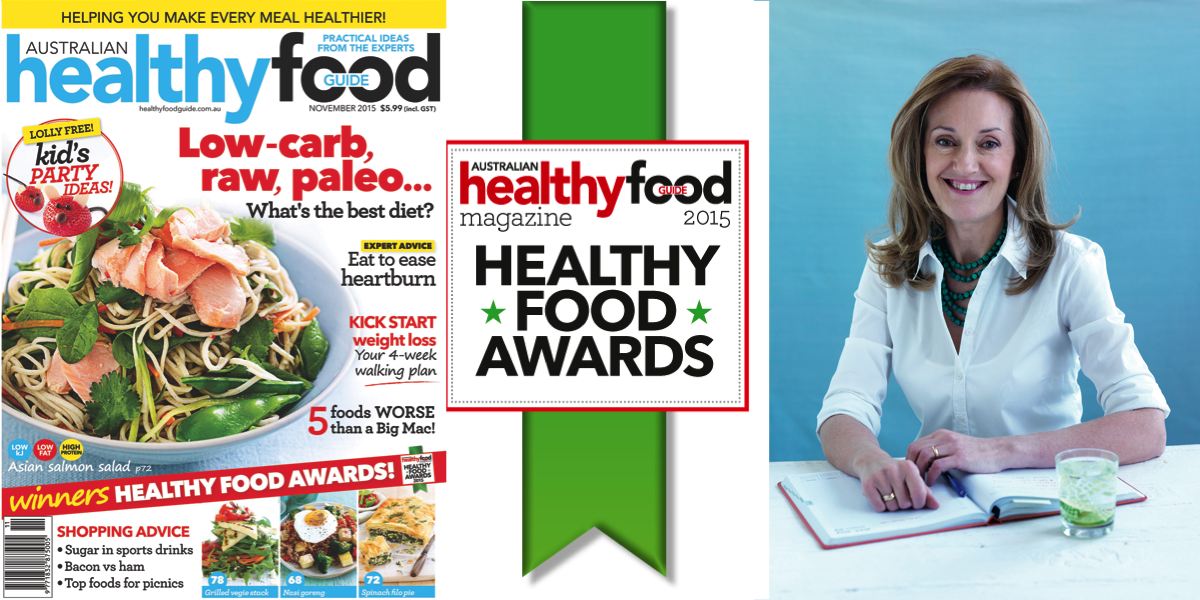By Andrea Duvall
Tasting more than 40 finalists in the Healthy Food Awards is a little like a degustation dinner at a health spa. Spooning into breakfast cereals, grainy breads, fruity yoghurts and even kids’ lunchbox snacks, the task is to make sure the winning foods taste delicious. Hovering over their tasting bowls with me are dietitians Joanna McMillan, Catherine Saxelby and Healthy Food Guide’s own staff dietitian Brooke Longfield.
With the increasing number of food companies chasing health and nutrition credibility, these awards are keenly sought, and the winner’s logo is proudly worn on foods from such high-profile brands as Paul’s, Fonterra and Kellogg’s.
If you have ever stood in the supermarket and wondered whether the brand that shouts “good source of calcium” is really better than the one which says “no added sugar”, then you’ll understand why the Healthy Food Awards can help consumers shop the shelves with confidence.
Before judging day, our staff dietitian spends six months analysing hundreds of foods and constructing an elaborate database which compares their nutrition profiles. While we call for entries – and entry is free – she is out there, prowling supermarket aisles, investigating new products. (That’s her in the puffer jacket lurking in the freezer aisle.) From this data base it becomes clear which foods are star performers, the ones sitting in our little bowls on judging day.
As an editor, it’s an unusual experience to share an office with a qualified dietitian. Yet this gives Healthy Food Guide a distinct point of difference – and an enormous advantage. In the current media landscape, journalists are at risk of being easy targets for nebulous marketing claims like “superfood” or “all natural” which don’t guarantee a food’s true health value. By having a double-degreed scientist onboard we can cut through the hype and have a solid scientific perspective which impacts everything we do and say.
On judging day we have three highly experienced dietitians with me wielding tasting spoons. McMillan and Saxelby have both helped food companies develop new products so they’re not just skilled at understanding the food science, but also the can see beyond the label claims and distinguish which additives are okay from those which sometimes cause health issues. Then there’s the “mum” factor – would we put these in our trolleys for our families? The winners, in most categories, are almost unanimous.
Perhaps it’s a sign of how confused the average Aussie is about what’s healthy and what’s not, but in the week we ran a social media teaser-campaign to showcase the Healthy Food Awards finalists our Facebook page received a record three-million plus views. I suspect it’s a sign of the level of hunger for credible information about food.
This is why we’re having our best sales success with cover lines that promise a level of honesty in the conversation around nutrition. This year our best-selling issue has been The World’s Best Diet (April) which was based on the results of the world’s largest-ever diet study (Predimed). Our stand-out marketing activity has been the highly successful portion-size guide which ran as a free poster with our September issue, showing what a healthy portion of common foods looks like, based on the Australian Dietary Guidelines.
People’s appetite for information about food and how it relates to health is growing. When Healthy Food Guide launched 10 years ago, foods like chia and quinoa were only found in niche health food stores – now these nutritious ingredients are packed into everything from mainstream muesli to instant rice and frozen dinners. It’s no coincidence that with the ageing baby boomer population we’re realising that healthy eating plays a key role in our overall wellbeing. It’s exciting to be helming a brand like Healthy Food Guide which is dedicated to delivering practical advice to this expanding market with a taste for good health.
